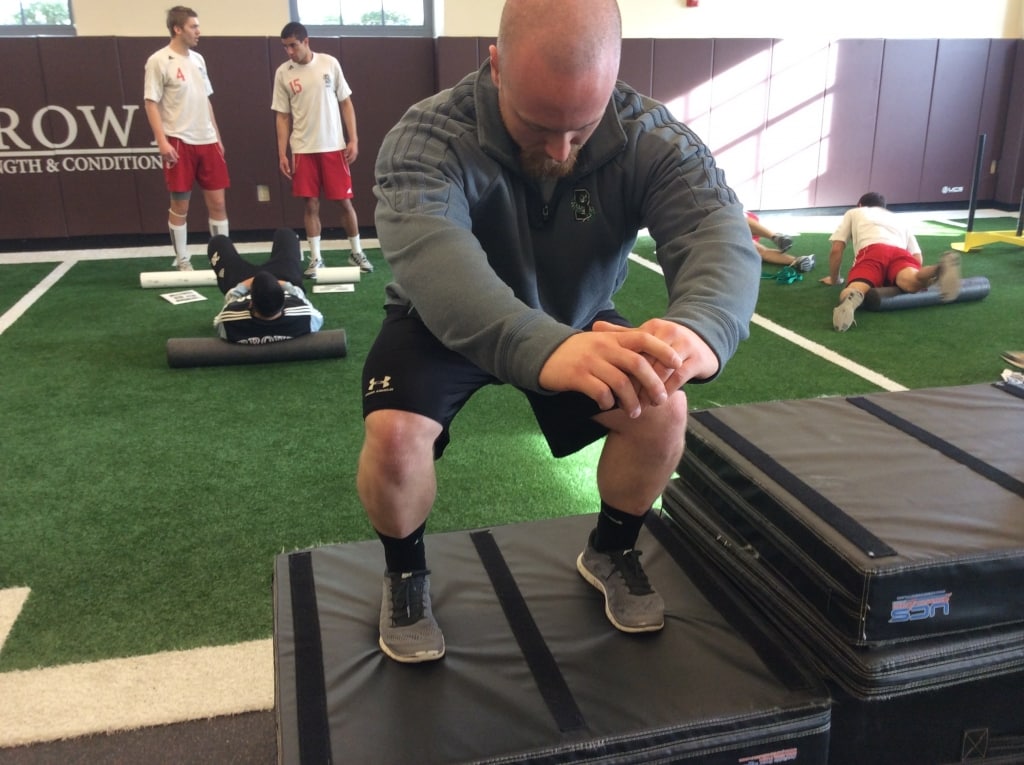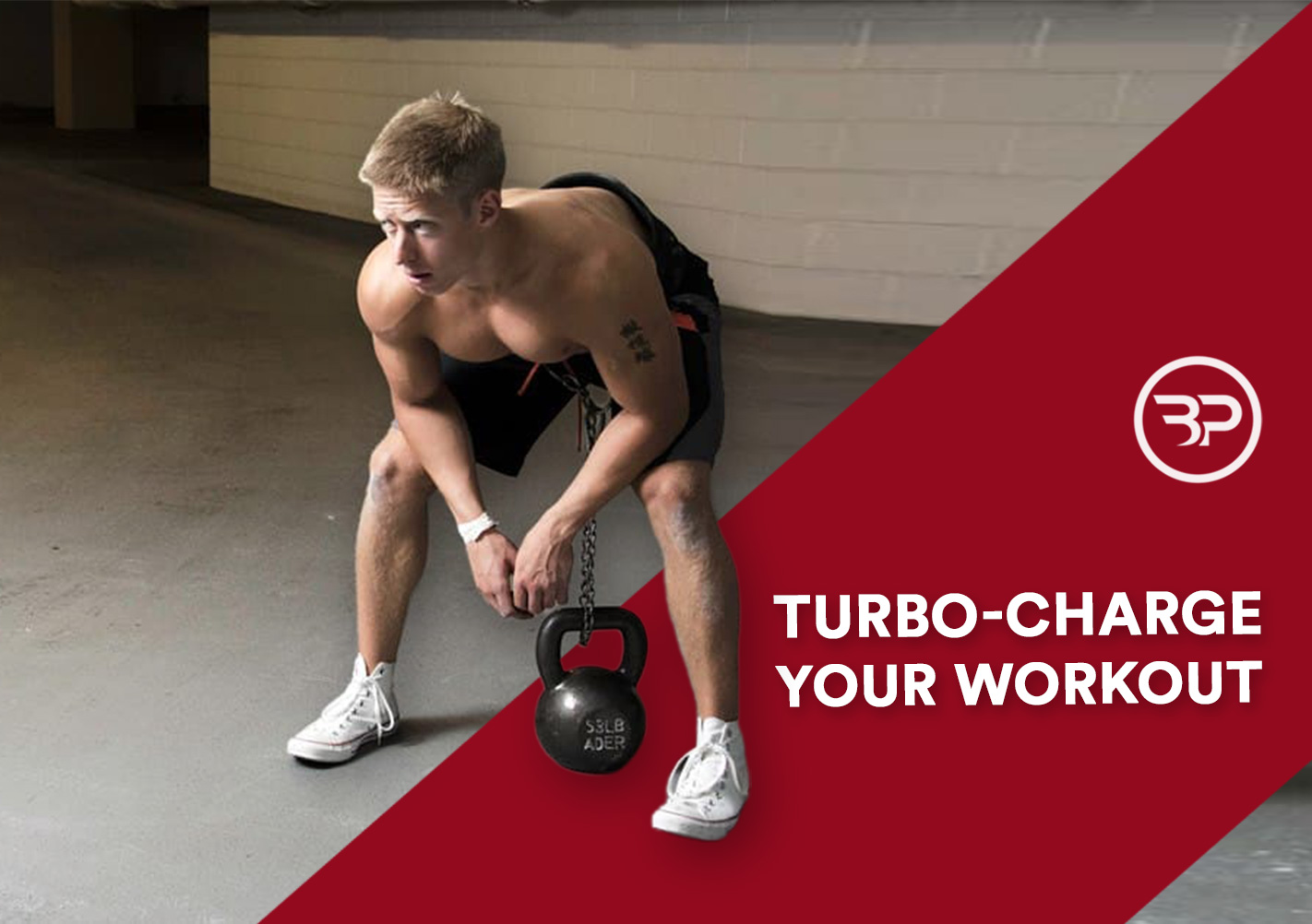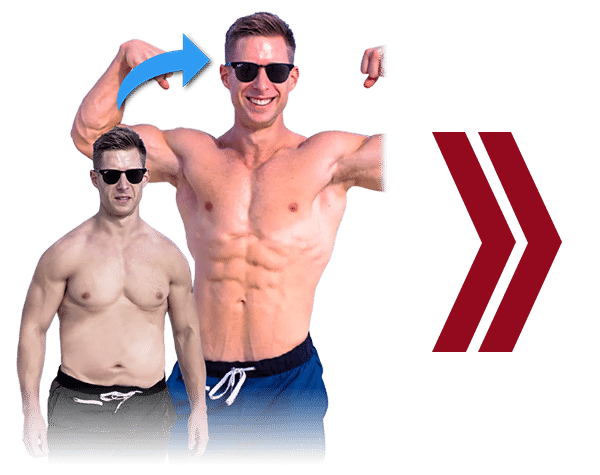Turbo-Charge your Workout
December 27, 2015
When I was in college I loved to double my pre-workout. After all, the label said it would supercharge my workout. Therefore, if a scoop was good, three or four would be amazing…right?
God no. I’ve never done hard drugs, but I can imagine my reaction was pretty similar to taking a batch of “goods” from Walter White. I felt instantly muscular and powerful– enough pre-workout and I could run through a brick wall and squat a house.
I could only imagine how it would supercharge my physique and performance. Unfortunately, it didn’t quite work out that way. I ended up with severe adrenal fatigue (college boozin’ didn’t help) and could barely get up without a shot of caffeine to my jugular.
I traded in my double or nothin’ pre-workout for studying the best ways to add pounds to the bar, optimize workouts, and prime muscles to grow. To my surprise, it doesn’t take an all in one approach– it takes just five minutes before every workout and prime your body, boosting strength, performance, and muscle.
That’s exactly what I covered in my most recent article with T-Nation.
Read it Here…Or Scroll Below
A Trick to Make Every Workout Better
You’re an experienced lifter about to knock out your planned squat workout. Lets say we can rate the effectiveness of that workout on a scale of 1 to 10. Got it? This workout received a 7…a C by “grade” standards.
How can we take this number and increase it to an 8,9, or even a 10 without completing changing the workout?
You probably won’t believe me, but it only takes five minutes. They key is priming the nervous system with explosive work.
With a few tweaks, we take that average workout to a supercharged workout, from a 7 to a 9.
Basically, we took the same workout but supercharged it in five short minutes. How do we do this?
It’s not black magic, but a simple five-minute pre-workout primer. Here’s How:
Unlock Explosive Strength and Athleticism
After your warm-up and before you start lifting, you’re going to do a few sets of one exercise to stimulate high-threshold motor units. This will unlock more explosive strength. You’ll briefly focus on explosive rep quality to shatter strength plateaus, get more athletic, and activate more muscle fibers for growth.
By adding explosive exercises that are biomechanically similar to your big lift for the day, you’ll ignite your central nervous system (CNS). In geek speak, this enhanced neuromuscular readiness improves motor unit recruitment and “patterning” for your big lifts. As a result, greater motor unit recruitment pulls more muscle fibers into your training, helping build strength and muscle.
Pick the Right Primer for the Training
Once you’ve completed your warm-up, use an explosive movement that will complement your major exercise for the day. Here’s a guide:
If your main exercise is the bench press, do the clap push-up or incline plyo push-up.
For the shoulder press or chin-up, do an overhead medicine ball slam or medicine ball throw.
If you’re going to be squatting or cleaning, do a vertical jump, box jump, or squat jump.
Squat Jump
For a deadlift or clean workout, do a broad jump or kettlebell swing.
Sets, Reps, and Rest
Perform 3-4 sets of 3-5 reps. Focus on max intensity and execution on each rep. Rest 1-2 minutes between sets. And don’t do these like a granny. The faster you can contract the muscles, the more muscle fibers are recruited and the stronger you’ll become. After your explosive movement, continue your training routine as planned.
How It Works: The Geeky Stuff
If you’re like most lifters, you’re well versed in the big strength movements. You have a strong squat, an impressive deadlift, and can hoist a few plates on your bench press. Since you already have a solid foundation, you have the base to build more explosive speed, muscle, and power. Your next step? Improving both intramuscular coordination and intermuscular coordination to accelerate gym performance.
What is Intramuscular Coordination?
Intramuscular coordination is the synchronized firing of motor units. It makes all the difference in the world for someone wanting to move his or her body with grace and agility. It’s the difference between controlling your body like an athlete and flailing awkwardly like a child having a tantrum. When muscle fibers contract in a coordinated manner they become efficient and powerful.

There are three aspects of improving intramuscular coordination:
1.Rate Coding: It’s like the speed of your firing rate (motor unit discharge rate) and capacity to express more strength. Think of going from a single-shot pistol to a full-auto rifle. The rate coding is more powerful on the machine gun.
2. Recruitment: Think of one guy trying to tackle a running back versus seven guys trying to tackle him. Which will be more effective? Seven, of course. Likewise, pulling more muscle units together when performing a lift yields more power and more strength.
3. Synchronization: If you’re rowing a boat, what would be better: four people rowing together or each person rowing at his own pace? Four people in synch naturally. Improving synchronization of muscle units in a movement improves fluidity and helps motor units fire at the same time.
By improving intramuscular coordination, you’ll generate movement faster, use more muscle fibers, and help motor units fire at the same time. To do that, you have two options:
- Lift heavier loads
- Lift lighter loads faster
In the case of lifting heavier loads, most lifters have this locked down. Between ramping sets through the warm-up and pure strength work, you’re lifting plenty of moderate-heavy loads – 55-95% of your 1RM. For even more benefit, work further along the force-velocity curve with lighter, more explosive movements.
What is Intermuscular Coordination?
Besides the occasional pain of a midnight calf cramp, it’s rare that only one muscle contracts at a time. Generally, a whole group of muscles is activated to produce a movement. That’s intermuscular coordination: the improved coordination of muscles in a specific movement.
In the context of your training, this means improving a squat, deadlift, pulling, or pushing movement. To maximize intermuscular coordination, you must refine the interaction between muscles that control a movement to perform better together. To improve both intra and intermuscular coordination, you’ll need to move lighter weights faster and match the movement with your focus for the day.
Turbo-Charge your Workout
Charging your workout doesn’t require insane amounts of caffeine or completely scrapping your program. With a few explosive exercises you have all you need to prime your nervous system for more strength, muscle, and athleticism.









[…] Turbo-Charge Your Workout — Eric Bach […]